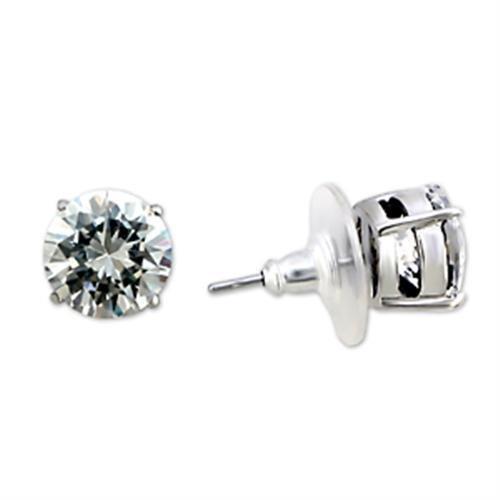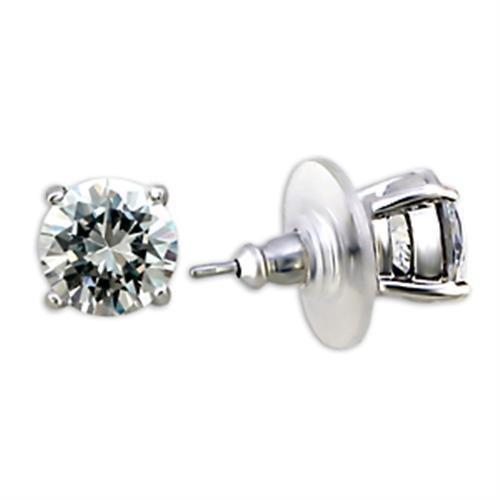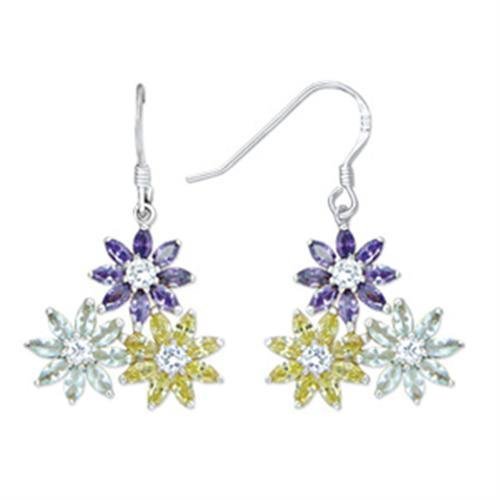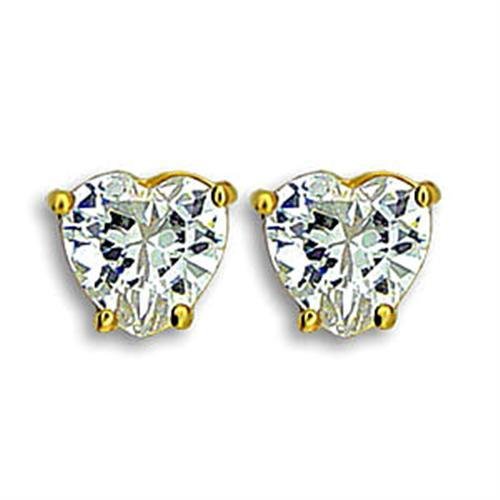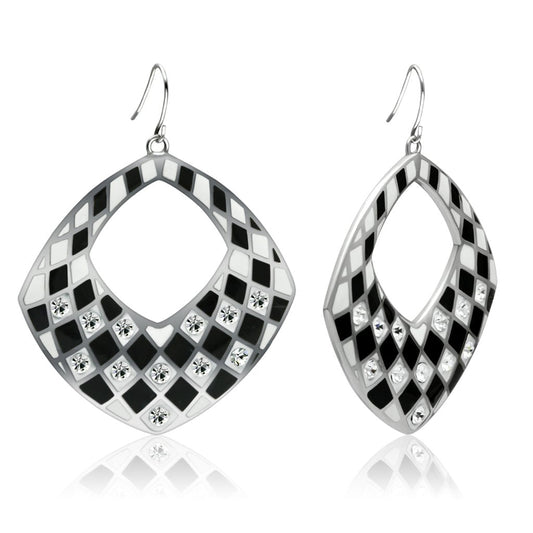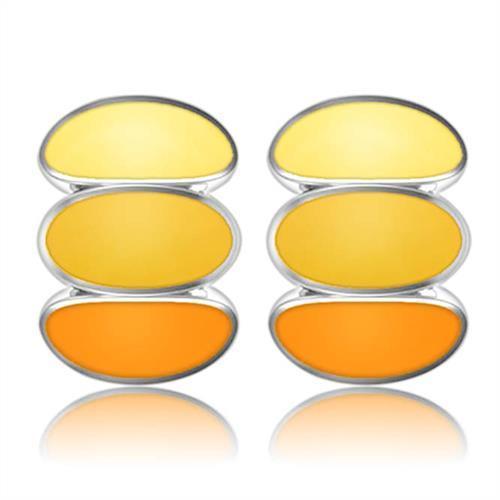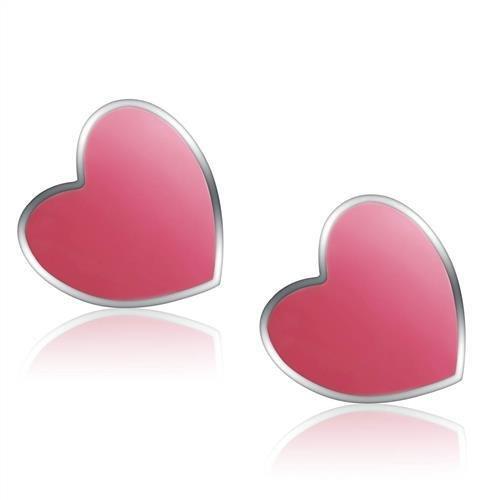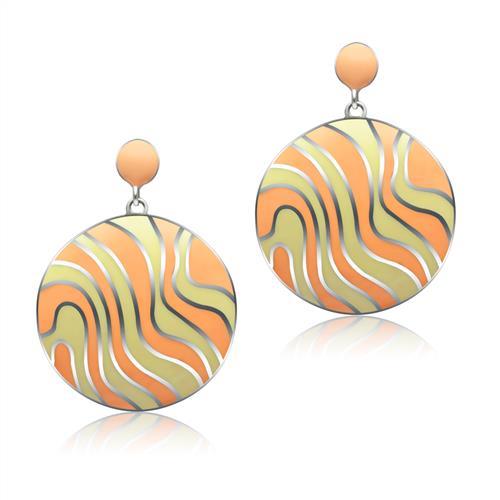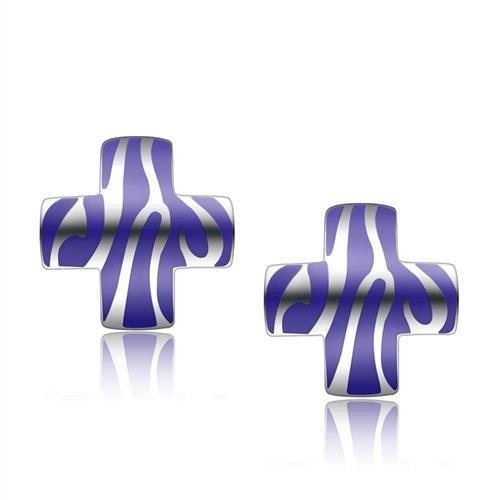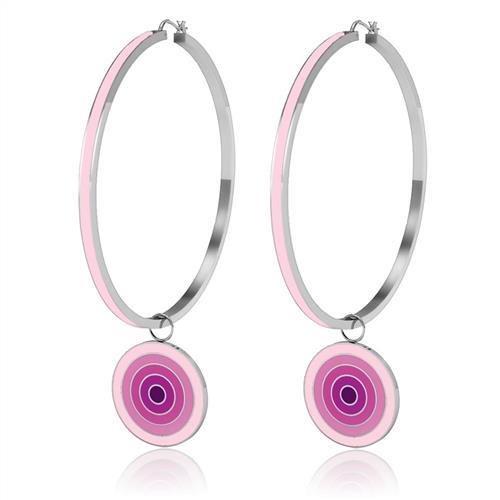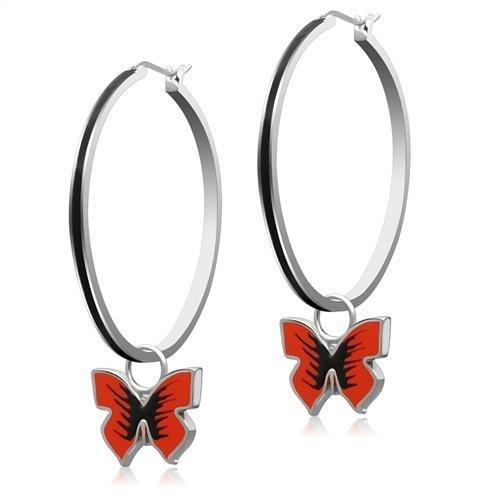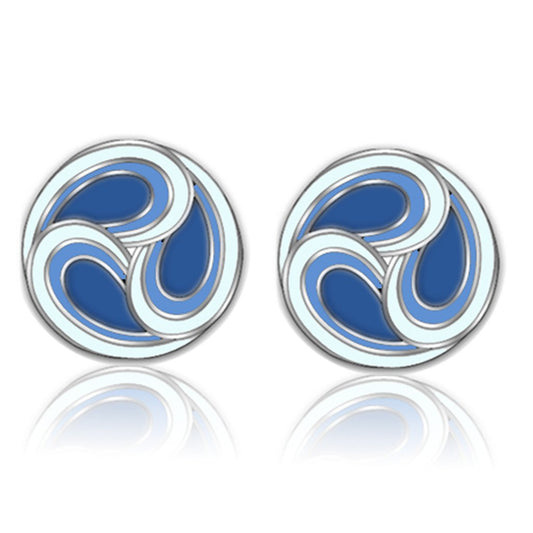Artisan jewelry is so much more than just a piece that's "handmade"—it’s wearable art, crafted with a potent mix of skill, passion, and a one-of-a-kind creative vision. Every single piece carries the distinct touch of its creator, telling a story that mass-produced accessories simply can't.
The Soul of Handcrafted Jewelry
When you ask, "what is artisan jewelry," you're stepping into a world where true craftsmanship and individuality are king.
Think of it like the difference between a farm-to-table meal thoughtfully prepared by a chef and a fast-food burger from a drive-thru. Both are food, of course. But one is made with intention, high-quality ingredients, and a personal touch that elevates the entire experience. Artisan jewelry is the exact same philosophy, just applied to accessories.
Each piece is a direct reflection of the artist’s skill, often leaning on traditional techniques passed down through generations. This human element is precisely what makes every item unique. You’ll find slight variations and beautiful imperfections that serve as the hallmarks of authenticity—the visible trace of the creator’s hand. Choosing artisan jewelry means you're investing in a story, not just buying another product.
Artisan vs. Mass-Produced Jewelry at a Glance
So, what really sets a piece made with personal care apart from one that rolled off a factory line? This quick table breaks down the core differences.
| Characteristic | Artisan Jewelry | Mass-Produced Jewelry |
|---|---|---|
| Production | Handcrafted by a skilled artist, often one piece at a time. | Made by machines in large factories, with thousands of identical units. |
| Design | Unique, original designs that reflect the artist's personal style. | Follows mainstream trends, designed for broad appeal. |
| Materials | Often uses high-quality, ethically sourced, or recycled materials. | Typically uses lower-cost alloys and simulated stones. |
| Story | Each piece has a story of its creation and the artist behind it. | Lacks a personal narrative or connection to a specific creator. |
| Value | Lasting value based on craftsmanship, uniqueness, and artistic merit. | Value is temporary, tied to fleeting fashion trends. |
It's clear that the preference for these unique qualities is growing. The artisan jewelry market is currently valued at around $15 billion and is projected to grow significantly as more people seek out sustainable and personalized accessories.
This infographic does a great job of visually breaking down the key distinctions between artisan and mass-produced jewelry.
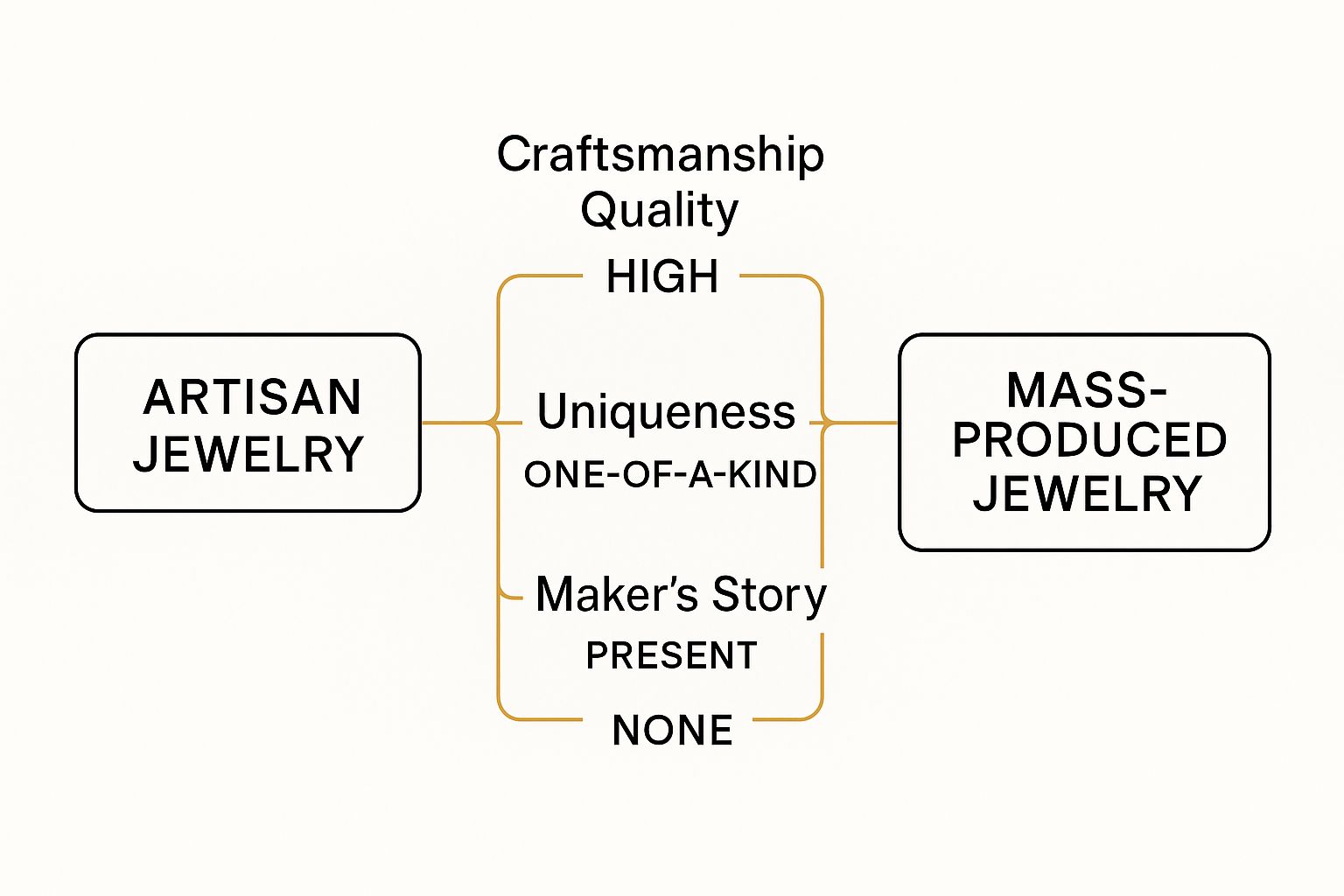
As you can see, the visualization really drives home that artisan pieces excel in both craftsmanship and uniqueness, all while carrying a deeply personal story. While this helps define the category, you can also explore our guide on the difference between fashion and fine jewelry to get an even clearer picture of where different pieces fall.
Exploring the Craftsmanship of Artisan Jewelers
The real soul of artisan jewelry lives in the hands-on techniques that shape raw metal and stone into something you can wear. These methods are steeped in history and skill, demanding a level of patience and precision that no machine can ever truly mimic. Every tap of the hammer, every delicate twist of wire, and every perfectly placed stone builds a piece’s unique story.
Getting to know these processes is the best way to answer the question, "what is artisan jewelry?" because it pulls back the curtain on the artistry involved. These aren't just steps on an assembly line; they're an intimate dance between the creator and their materials, leaving a tangible human touch on everything they create.
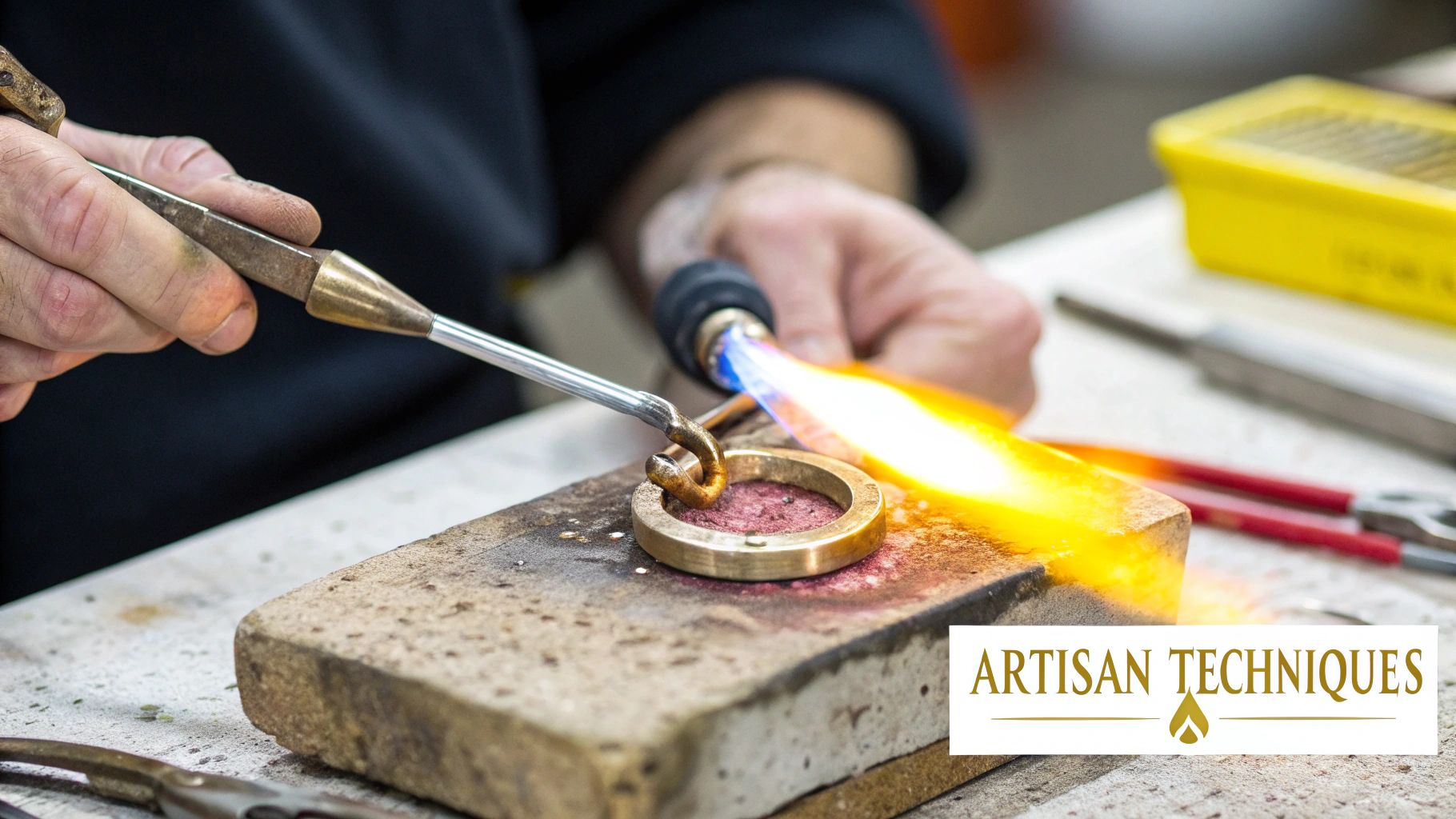
Core Artisan Techniques
To truly appreciate the craft, it helps to understand the foundational skills that jewelers rely on. Many of these techniques have been around for centuries, passed down and refined through generations of artists.
Here are a few of the most important methods behind the artisan jewelry you love:
-
Hand Forging: This is the art of shaping metal with hammers and heat. Picture a blacksmith shaping a horseshoe, but on a much smaller, more delicate scale. The jeweler heats the metal to make it workable, then carefully hammers it into shape, creating organic forms and one-of-a-kind textures that simply can't be mass-produced.
-
Lost-Wax Casting: This ancient and fascinating process is perfect for creating intricate, sculptural designs. First, the artist carves the entire design out of wax. This wax model is then encased in a plaster-like material, creating a mold. When the mold is fired in a kiln, the wax melts away (hence “lost-wax”), leaving a perfect cavity for molten metal to be poured into.
-
Filigree: If you've ever seen jewelry that looks like delicate, metal lace, you've seen filigree. Artisans painstakingly solder whisper-thin, twisted threads of metal together to form intricate patterns. The result is a piece that’s both incredibly airy and surprisingly strong. It’s a true test of a steady hand and a sharp eye.
-
Granulation: Similar in spirit to filigree, granulation involves fusing tiny metal spheres, or "granules," onto a surface to create texture and pattern. This method dates back thousands of years and adds a rich, detailed dimension to rings, pendants, and earrings.
The beauty of these methods is that they leave behind subtle, perfect imperfections—the faint mark of a hammer or a slight variation in a pattern. These are not flaws; they are the signature of the human hand and the proof of true artistry.
From Raw Material to Wearable Story
These techniques are so much more than just steps in a manufacturing process; they are the language an artist uses to tell a story. When a jeweler forges a ring, they aren't just bending metal; they are infusing it with intention, care, and a little piece of themselves. This artistic investment is what turns a simple accessory into a cherished heirloom.
For example, our collection of 925 Sterling Silver rings often features details that put these handcrafted methods on full display. That subtle texture on a band or the unique setting of a stone is a direct result of these timeless skills. By choosing a piece that highlights this craftsmanship, you’re not just getting a beautiful object—you’re helping keep these valuable art forms alive.
How to Identify Authentic Artisan Jewelry
Spotting genuine artisan jewelry in a sea of mass-produced lookalikes can feel intimidating, but it's much easier than you think. You just need to know what to look for. Authentic pieces tell a story through their tiny details, revealing the human touch behind their creation. Learning to read these signs is the key to investing in true craftsmanship.
This skill is more valuable than ever, as the global handmade jewelry market is set to grow at a projected 13.3% CAGR from 2025 to 2030. That growth is fueled by shoppers like you, who are looking for unique, meaningful pieces online.
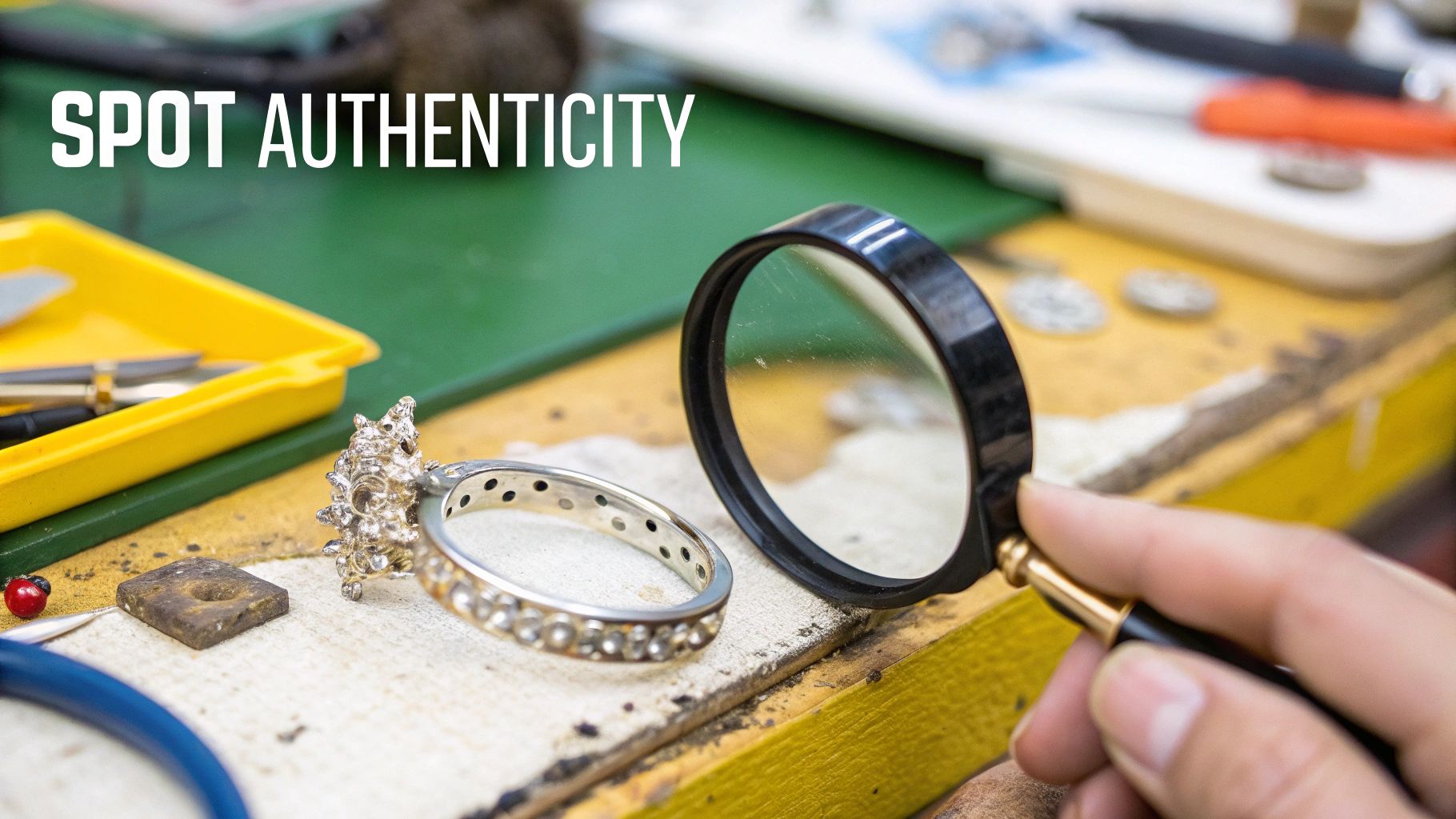
Embrace the Perfect Imperfections
One of the surest signs of authentic artisan work is the presence of subtle, beautiful imperfections. Machines stamp out flawless clones; a human hand leaves behind a unique signature.
Look closely for these telltale signs:
- Slight Asymmetries: A pair of handcrafted earrings might have tiny differences between them, proving they weren't punched out by a machine.
- Tool Marks: You might spot faint, deliberate marks from a hammer or file—evidence of the artist shaping the metal by hand.
- Unique Finishes: Hand-polished jewelry has a certain warmth and depth of character that you just don't get from pieces that have been tumbled by a machine.
These aren't flaws. They're the fingerprints of the creative process, guaranteeing that no two pieces are ever exactly the same. It’s what makes your piece a one-of-a-kind treasure.
A maker's mark or artist's signature is the ultimate stamp of authenticity. This small hallmark, often found on the back or clasp, is the artist's way of signing their work, connecting you directly to the person who made it.
Ask the Right Questions
Talking to the seller is one of the best ways to confirm a piece's origin. A passionate artisan will light up when asked to share the story behind their work. So, when you're thinking about a purchase, don't be shy—ask about their creative journey.
To help build your confidence, our guide on what to look for when you buy jewelry offers a fantastic foundation. Arm yourself with that knowledge and then dive deeper with these questions for the artisan:
- "Can you tell me about the techniques you used to make this?" A real artist will gladly explain processes like forging, filigree, or lost-wax casting in detail.
- "Where do you source your materials?" Many artisans take great pride in using ethically sourced gemstones or recycled metals.
- "What was the inspiration for this design?" This question opens the door to the story behind the art, forging a much deeper connection to the piece you're about to own.
By examining a piece for its unique character and taking the time to learn its story, you can confidently identify and cherish authentic artisan jewelry. It's an approach that transforms shopping from a simple transaction into a genuine appreciation of art and skill.
Why Artisan Jewelry Is a Meaningful Investment
Choosing a piece of artisan jewelry is so much more than a simple transaction. It’s an investment in artistry, in a real person, and in a story you can actually feel. Think about it: a mass-produced item might be forgotten once a trend fades, but a handcrafted piece carries an emotional weight. When you wear it, you’re not just wearing an accessory—you’re carrying a little piece of the artist's dedication with you.
That connection transforms a purchase into a personal statement. You get to own something truly one-of-a-kind, knowing that someone poured their time, skill, and creative spirit into making it just right. Every single detail, from the curve of the metal to the final polish, was a deliberate choice made by a human being with a passion for their craft.
Supporting Artists and Preserving Skills
When you invest in artisan jewelry, your money goes directly to an independent creator. You're helping a small business owner pay for their studio, source beautiful materials, and keep honing their skills. In a world increasingly dominated by automation, that support is absolutely vital for keeping traditional craftsmanship alive.
By choosing handcrafted, you become a modern-day patron of the arts. You’re helping ensure that timeless, incredible techniques like hand-forging and filigree are passed down to the next generation. Your purchase is a vote for creativity, for human touch, and for ingenuity.
The world is catching on. The handmade jewelry market, currently valued at a staggering $203.8 billion, is expected to soar to $594.3 billion by 2034. That’s not just a small jump; it’s a clear signal of a global shift toward valuing bespoke items with a soul. You can learn more about the jewelry market's growth on Statista.
A Conscious Choice for Slow Fashion
Artisan jewelry is a cornerstone of the slow fashion movement—a philosophy that encourages buying fewer, higher-quality items instead of chasing disposable trends. While fast fashion churns out pieces designed for a single season, artisan jewelry is built to last a lifetime. It’s created to be cherished, worn, and eventually passed down.
Choosing artisan jewelry is a deliberate move away from throwaway culture. It's an investment in sustainable practices, ethical material sourcing, and timeless design that you can cherish for years to come.
This kind of conscious consumerism has a real impact. When you prioritize quality over quantity, you help reduce waste and support a more sustainable, ethical model of production. An artisan piece isn’t just an accessory; it’s a beautiful, lasting symbol of what you value. It’s an investment in a story that ultimately becomes part of your own.
Caring for Your Handcrafted Treasures
You’ve invested in a piece of wearable art, and just like any treasure, it deserves a little TLC to keep it looking beautiful for a lifetime. The good news? Protecting your artisan jewelry is simple. It’s less about complicated routines and more about forming gentle, thoughtful habits.
Proper care really begins with knowing how and when to wear your pieces. Think of your jewelry as the final touch—the last thing you put on. Always apply lotions, perfumes, or hairspray before slipping on your rings or fastening your necklace. The chemicals in these products can slowly dull the finish of precious metals and even harm delicate gemstones over time.
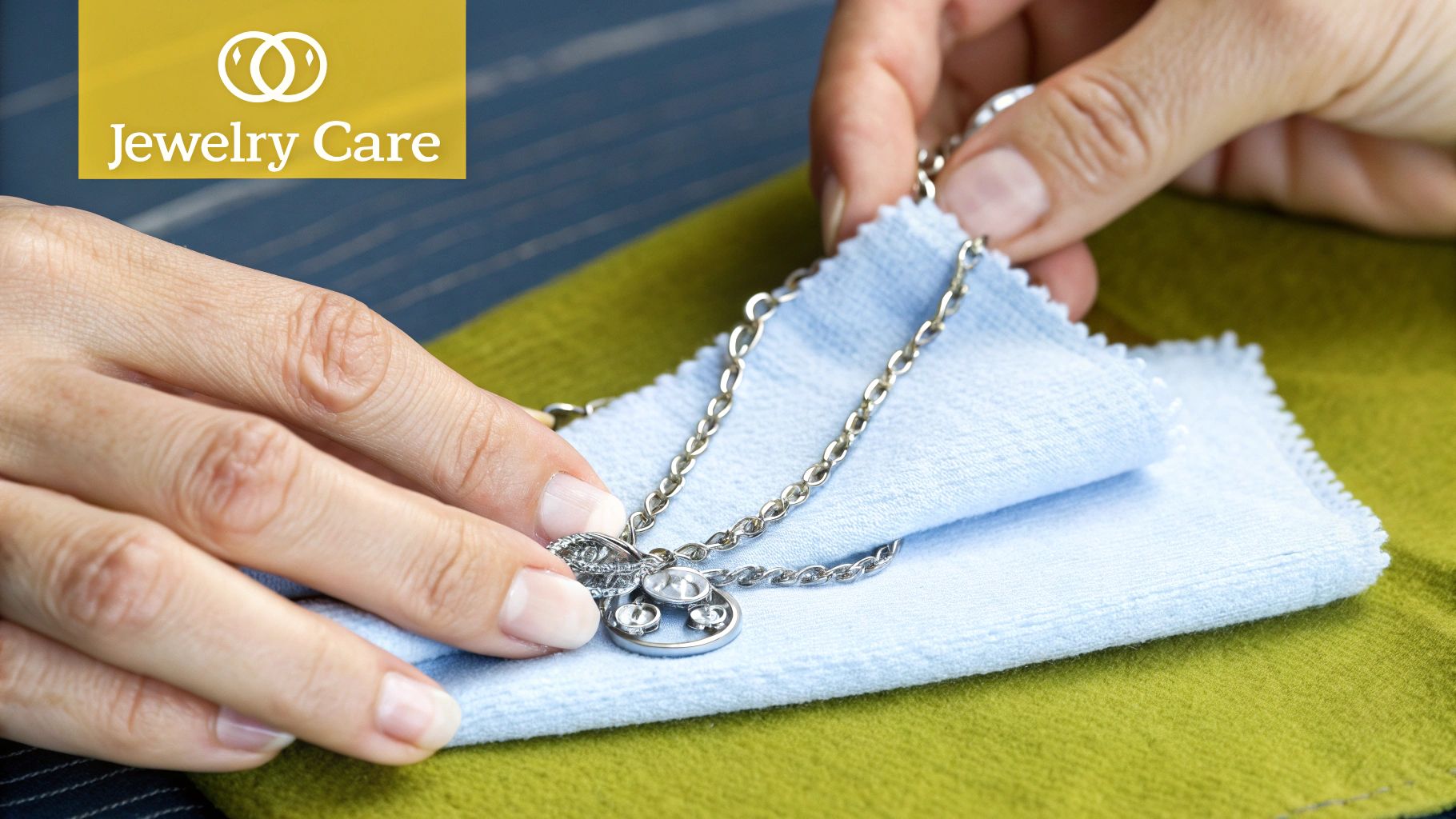
Cleaning and Storage Best Practices
When it comes to cleaning, gentle is the name of the game. For most metals, a quick wipe-down with a soft, lint-free cloth after each wear is enough to remove the day's oils and dust. If you need a deeper clean, a simple solution of mild soap and warm water is usually all it takes.
- Sterling Silver: This beautiful metal naturally tarnishes over time, but don't worry—it’s just a chemical reaction. A specialized silver polishing cloth is your best friend for restoring that brilliant shine. For a more detailed guide, check out our complete instructions on how to care for sterling silver.
- Gold and Gemstones: Grab a soft brush (a baby toothbrush works wonders) and some soapy water to gently clean around settings. Always rinse thoroughly and pat the piece completely dry before putting it away. It’s crucial to avoid ultrasonic cleaners for porous or delicate stones like pearls, opals, or turquoise.
Storage is just as important as cleaning. Tossing everything into one box is a recipe for tangled chains and scratched surfaces. Instead, store each piece separately in a soft pouch or a lined jewelry box. This is especially vital for pieces with unique textures or intricate features like filigree work.
Remember: The best way to care for your jewelry is to prevent damage before it happens. Simple acts, like taking off your rings before you garden or go for a swim, make a massive difference in preserving the artist's original vision for years to come.
Finding and Supporting Artisan Jewelers
Now that you have a real feel for the heart and soul that goes into artisan jewelry, the best part comes next: connecting with the talented people behind the work. Finding authentic pieces is an adventure in itself, a chance to uncover unique styles and put your money directly into the hands of a creator.
There are a few fantastic ways to do this, both online and in the real world.
Local craft fairs and art markets are a great place to start. There’s nothing quite like meeting the makers in person, hearing the stories behind their designs, and actually feeling the weight and quality of their work. It’s your chance to ask about their inspiration and techniques, which builds a personal connection that you just can't get from a big-box store.
Small boutiques and specialized galleries are also treasure troves. These shops often curate gorgeous collections from independent designers, acting as a champion for artists who might not have their own storefront.
Navigating the Online World
The internet has thrown the doors wide open for artisans, creating a global stage for their work. Marketplaces like Etsy are home to thousands of creators, but you’ll want to be a savvy shopper to sift through and find the real gems.
When you're browsing online, the devil is in the details. Here’s what to look for:
- Read the "About" section: True artisans are genuinely passionate about their craft. They’re usually excited to share their story and give you a peek into their process.
- Look for consistency: A cohesive style and a clear artistic voice across a seller’s shop is a fantastic sign of a dedicated artist.
- Check reviews and photos: See what other buyers are saying and pay attention to the imagery. An artist's ability to showcase their unique work online often hinges on professional jewelry product photography.
The single most impactful way to support an artist is to buy directly from their personal website. This ensures the maximum amount of your investment goes straight to the creator, fueling their craft and helping their small business thrive.
When you buy directly—whether from a collection like ours at Precious Pulse Jewelry or another independent maker—you get access to their entire body of work. It’s where you’ll find their most unique designs and know with certainty that your purchase is making a real difference.
Common Questions About Artisan Jewelry
As you get deeper into the world of handcrafted treasures, some questions always seem to pop up. To round out your understanding, let’s tackle a few of the most common curiosities. This quick guide should clear up any lingering confusion and help you feel even more confident when you're ready to choose a piece.
Is All Handmade Jewelry Considered Artisan?
Not exactly, and this is a fantastic question because people often use the terms interchangeably. There's a subtle but important difference. While all artisan jewelry is handmade, not all handmade jewelry earns the "artisan" title.
Think of it like this: a simple beaded bracelet made from a craft store kit is handmade. But a silver ring designed from scratch and meticulously crafted by a metalsmith using complex techniques like forging or lost-wax casting? That's artisan jewelry.
The real difference comes down to the level of skill, the originality of the design, and the artist's unique creative vision.
Why Is Artisan Jewelry Often More Expensive?
The price of an artisan piece is a beautiful reflection of so much more than just the raw materials. When you buy artisan jewelry, you’re investing in a whole story.
- Time and Skill: You're paying for the countless hours of focused work and the years of practice the artist has poured into mastering their craft.
- Quality Materials: Artisans are picky. They often choose higher-grade, ethically sourced materials, like recycled precious metals or conflict-free gemstones.
- Original Design: The price tag includes the artist's unique creativity—the spark of an idea and the hard work of bringing a one-of-a-kind design to life.
- Studio Overhead: Your purchase helps support a small, independent business, covering the real-world costs of tools, studio space, and the artist's livelihood.
In short, you’re not just buying a product. You’re commissioning a small piece of wearable art and supporting a creator’s passion and dedication.
How Can I Be Sure the Materials Are Ethically Sourced?
Transparency is a huge part of the artisan community. The best and most direct way to find out is to simply ask the artist. Reputable creators are usually incredibly proud of their ethical practices and are more than happy to share where they get their materials.
Look for jewelers who openly mention using recycled metals, conflict-free stones, or materials from fair-trade suppliers on their websites or in their product descriptions. Choosing to support artists who put ethical and sustainable practices first is a powerful way to make your investment in artisan jewelry even more meaningful.
Feeling inspired to find a piece that tells its own story? Explore the curated collections at Precious Pulse Jewelry and discover beautiful, handcrafted designs that bring artistry and personal style together. Find your next treasure today!


